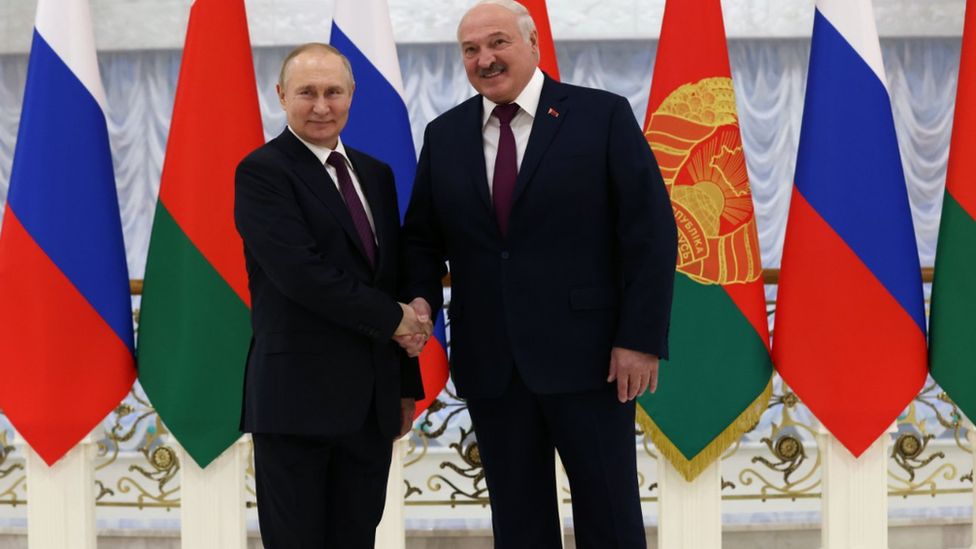Belarusian President Alexander Lukashenko recently made headlines when he called for Russia to station nuclear weapons in Belarus, arguing that it would provide greater security for both countries in the face of perceived threats from NATO and other Western powers. This controversial proposal has been met with both support and condemnation from politicians, experts, and citizens around the world.
The idea of Russian nuclear weapons being stationed in Belarus is not a new one; in fact, it has been discussed for many years. Lukashenko's recent comments, however, have brought the issue back to the forefront of global discourse. The Belarusian president has argued that such a move would be necessary to deter potential aggressors, particularly in light of the ongoing conflict in neighboring Ukraine.
Belarus has long been a strategic buffer zone between Russia and NATO, and Lukashenko has sought to maintain a delicate balance between the two. However, in recent years, tensions have increased between Belarus and the West, particularly following Lukashenko's controversial re-election in 2020, which was widely criticized as fraudulent.
Since then, Lukashenko has cracked down on opposition voices and civil society, leading to international condemnation and economic sanctions from the West. In response, Lukashenko has turned to Russia for support, and the two countries have strengthened their military and economic ties.
However, Lukashenko's proposal to station Russian nuclear weapons in Belarus has raised concerns both within the country and abroad. Some experts argue that it would make Belarus a target for attack in the event of a conflict, while others worry that it could lead to a new arms race in Europe and further destabilize the region.
Moreover, the proposal has raised questions about the effectiveness of nuclear weapons as a deterrent, particularly in light of recent technological advancements in conventional warfare. Many experts argue that the use of nuclear weapons would be catastrophic and that there are more effective ways to ensure national security.
In addition to the security implications, the proposal has also raised questions about the legality of such a move. Belarus is a signatory to the Nuclear Non-Proliferation Treaty, which prohibits the transfer of nuclear weapons to non-nuclear states. While Lukashenko has argued that the proposed move would not violate this treaty, it remains a contentious issue.
Furthermore, the proposal has drawn attention to the broader geopolitical landscape of Europe and the role of Belarus in it. The country's strategic location between Russia and NATO has long been a source of tension, and Lukashenko's proposal has only added to the uncertainty.
In conclusion, while the idea of stationing Russian nuclear weapons in Belarus may seem like a logical move from a security perspective, it raises significant concerns and poses many unanswered questions. It is unclear whether such a move would actually enhance national security, and it could have potentially disastrous consequences for the region and the world as a whole. As such, it is important that all parties involved carefully consider the implications of this proposal before making any decisions.








